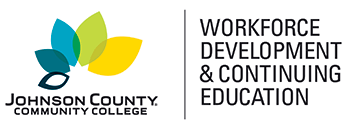1 Getting Started
Your first lesson will introduce the QuickBooks Online interface and the pros and cons of working with your accounting information online. You will learn about the various subscription packages and practice using some of the interactive navigation features within the program.
2 The Chart of Accounts
The Chart of Accounts is the heart and soul of QuickBooks. In this lesson, you will learn how to take full advantage of this powerful tool to add, edit, and access accounts that you can use to track the value of your business or monitor your income and expenses.
3 Centers and Lists
This lesson introduces best practices for using centers and lists in QuickBooks to gather and organize information needed to properly conduct business. You will also learn how to process Form 1099 to give to your vendors at the end of the year.
4 Bank Accounts
In this lesson, you will learn how to work with bank accounts in QuickBooks Online. You will learn how to create a new bank account, connect it online, and download, match, and add transactions. Then you will learn how to reconcile your checking account with your monthly bank statement to make sure that neither you nor the bank made any errors.
5 Recording Expenses-Part 1
Keeping track of the checks and other expense transactions your business incurs is one of the most critical aspects of your daily operations. In this lesson, you will learn how to utilize QuickBooks' built-in features to enter check transactions and bank transfers like a pro.
6 Recording Expenses-Part 2
Without an organized system for managing all the bills your business receives, they can really start to stack up. And when bills pile up, you might overlook one or two from time to time. In this lesson, you will learn how to enter, edit, and pay your bills on time. You will also learn how to enter and apply vendor credits to an existing or future bill.
7 Credit Cards and Loans
In this lesson, you will learn how to effectively manage Credit Card accounts in QuickBooks Online. You will also learn how to enter a full or partial payment of the credit card balance when it comes time for payment. Finally, you will get the chance to create and enter a new loan balance resulting from the purchase of a long-term asset such as a vehicle or piece of equipment.
8 Recording Income-Part 1
You will find this lesson useful if your business ever sells a product or service and collects payment on the sale immediately. Then you will learn how to create multiple Sales Receipts and make the necessary deposit to your bank.
9 Recording Income-Part 2
In order to evaluate just how well your company is performing, you will need to learn how to enter estimates, invoices, and customer payments. You will do just that in this lesson. You will also learn how to group multiple customer payments and record those deposits to the bank.
10 Recording Income-Part 3
This lesson focuses on billing customers for an expense incurred on a project or job. You will even see how you can add a markup percentage to the amount you include on the customer invoice. Also, you will examine the steps needed to enter credit memos, delayed credits, and refunds.
11 Customizing Sales Forms and Recording Fixed Assets
This lesson will teach you how to customize your QuickBooks sales forms. You will also learn how to record long-term fixed assets and record depreciation on those assets.
12 Sales Taxes and Reports
In your final lesson, you will learn how to work with the sales tax features in the program to collect and remit taxes you collect from customers. You will also find out how to create, use, and customize a wide variety of useful reports.




